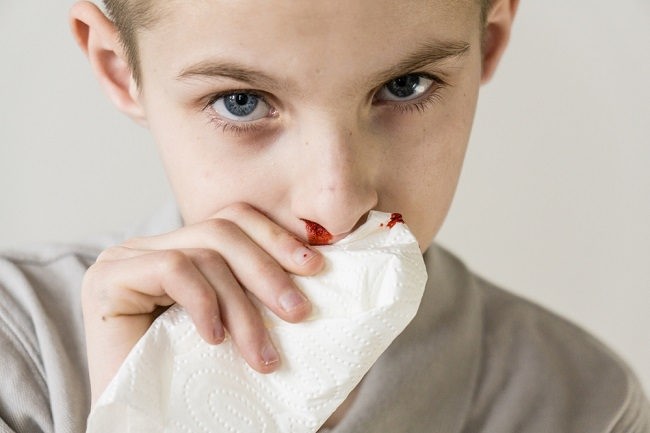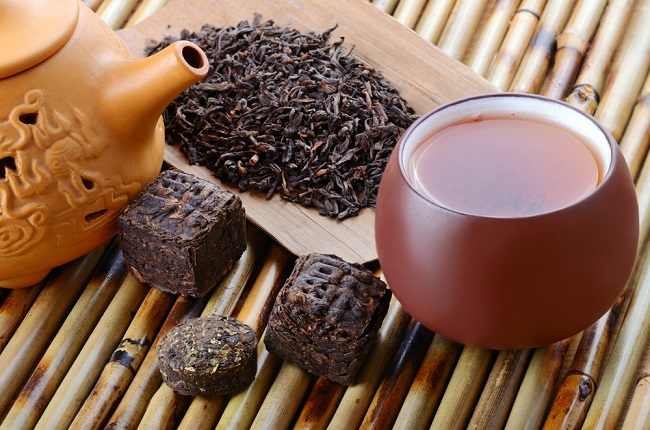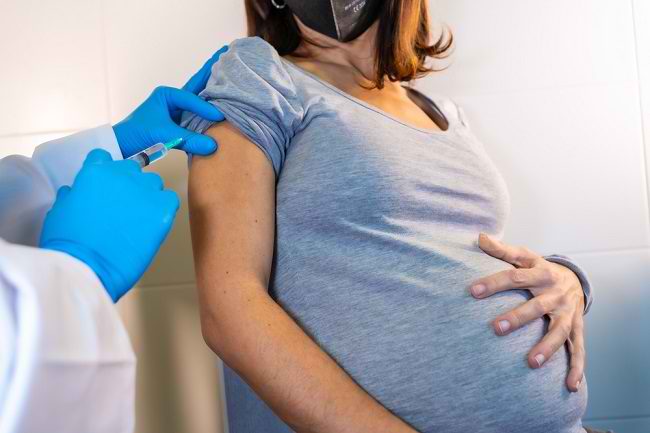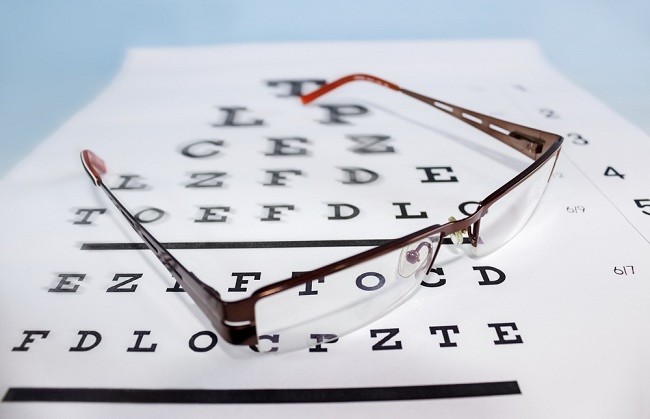Milk bath can be one way to get smooth and soft skin. Not only that, the benefits of milk baths are also known to relieve various symptoms of skin disorders, such as eczema, psoriasis, and dry skin.
The benefits of milk are not only obtained by consuming it, but also mixing it with other ingredients for bathing or bathing.

History records that the benefits of milk baths for skin beauty have been believed since ancient Roman times. In fact, soaking in a mixture of milk and honey has become a routine for women at that time.
In modern times like now, milk baths are not only believed to be good for beauty, but also skin health.
Milk Bath Benefits
The following are some of the benefits of a milk bath that can be obtained and how to prepare it:
1. Moisturizing and smoothing the skin
Milk contains natural fats that can moisturize the skin. In addition, the lactic acid content in milk acts as a natural exfoliant that can remove dead skin cells. This exfoliating agent makes the skin feel smoother after a milk bath.
You can mix 1 cup of powdered milk, 1/2 cup of honey and 1 cup oatmeal into the water to get a smooth and soft skin.
2. Relieves itching
Milk baths can also relieve itching caused by psoriasis. You can soak in warm water that has been mixed with milk, Epsom salt, mineral oil, honey, or olive oil.
A study shows that these ingredients are able to moisturize the skin and relieve symptoms of itching and dry skin in psoriasis sufferers. After you finish bathing, don't forget to apply a moisturizing cream on the skin to get maximum benefits.
3. Overcoming dry skin during pregnancy
Hormonal changes in pregnant women and an enlarged belly can reduce skin moisture and elasticity. This is what makes the skin of pregnant women become dry and peeling. Milk baths can be one way to deal with dry skin conditions.
However, make sure you have consulted a doctor before taking a milk bath. Also use warm water that is around 37 degrees Celsius and limit soaking time to 15–20 minutes.
4. Maintain baby's skin health
In addition to adults, the benefits of milk baths can also moisturize and soothe baby's skin. However, you should use breast milk (ASI) if you want to soak or bathe the baby with milk. Breast milk itself is known to contain carbohydrates, various vitamins and minerals, as well as bioactive compounds.
Not only nourishing baby's skin, the benefits of milk baths for babies can also overcome various skin disorders, such as:
- Eczema
- Baby acne
- Diaper rash
- Insect bites
How to prepare a milk bath for this baby is quite easy. You just need to fill the baby bath with warm water and add 150–300 ml of breast milk. Let your little one soak for 5–15 minutes. After that, dry your little one's body and massage gently to lock in the moisture that has just been obtained from the milk bath.
For adults, you can use different types of milk for milk baths, such as cow's milk, buttermilk, coconut milk, goat's milk, powdered milk, or soy milk. Try to use milk that is high in fat so that the skin is more nourished.
The benefits of milk baths are indeed good for skin health and beauty. However, avoid milk baths if you have sensitive skin. This is because the lactic acid contained in milk can cause skin irritation.
In addition, if you experience itching or burning of the skin, dizziness, or even feel like passing out, immediately stop the milk bath and consult a doctor for treatment.









